Does Costa Rican Tarazhu coffee taste good? how can Costa Rican coffee beans show sweetness?
come to the point! As an old fan of Qianjie, you should know how many coffee producing areas there are in Costa Rica. If you know it, just skip this paragraph and start the next one! If you don't know, come with the editor to review it again. According to ICAFE (Instituto del Caf é de Costa Rica Costa Rican Coffee Institute) Qianjie has previously introduced to you that there are eight coffee producing areas in Costa Rica: Tarasu, Western Valley, Sanhe, Guanakast, Turi Rolba, Orosi, Brenka and the Central Valley. It is worth noting that every region of Costa Rica has agreed to sign a quality improvement agreement, in which the owner of the factory promises to produce the best quality coffee and to receive only ripe fruit, ensuring that only the best will benefit. So you will find an interesting phenomenon that there are only Arabica coffee beans in Costa Rica.
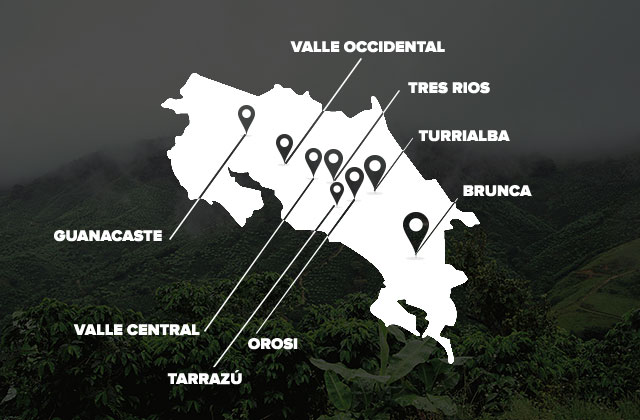
Some of the eight producing areas are in low elevations, and of course there are volcanic areas above 1200 meters above sea level, where the coffee will be more sour and more fragrant. The Costa Rican coffee chosen in front of the street is above 1500 meters above sea level. For Tarazhu, Costa Rica, which used to be the cheapest rations bean in the street, this coffee is grown in an area of more than 1500 meters.
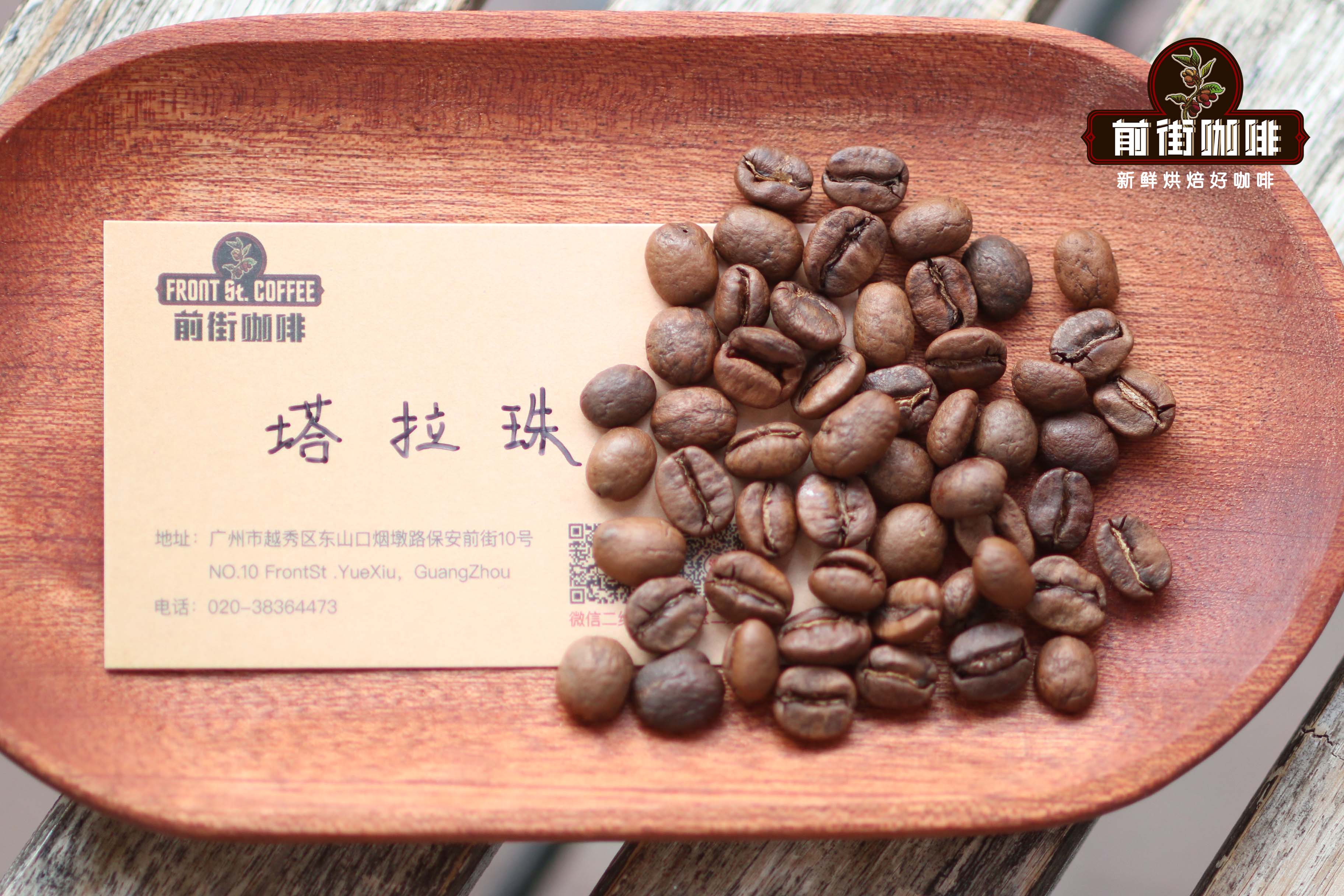
Costa Rican Tara beads
Variety: Kaddura, Kaduai
Altitude: 1500 m
Treatment: washing
Grade: SHB
In Costa Rica, precipitation and relative humidity as well as temperature tend to decrease as altitude increases, and this difference affects the size, hardness and flavor of coffee beans. After checking the front street, Tarasu is protected by the mountains on the slopes of the Pacific Ocean, is a refuge for forests and mysterious birds, and the ecological environment is very superior, which is very suitable for coffee cultivation. And the coffee beans are grown in small valleys and slopes of the country's highest mountains.
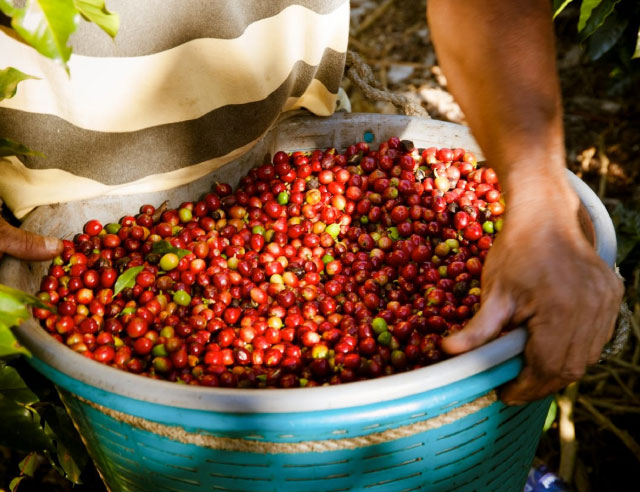
Tarraz ú, located in the southeast of the capital San Jose, grows Arabica coffee with small grains, blue color and beautiful appearance. Their land produces about 650000 piculs of land from about 22000 hectares of land and consists of small farms with an average area of 2.5 hectares. Ninety-five percent of the coffee sold is Strictly Hard Bean (SHB). These coffees are produced under ideal planting conditions, and the soil is mainly sediment, which is acidic because of its composition. Most of the plantations are shaded and different trees are planted in the area.
In front of the street, the choice of rations beans is almost all washed, if you often drink coffee, you will know that the flavor of washed beans is clearer. Because after washing this step, most of the pectin of coffee beans has been washed almost after the end of fermentation, so the flavor of the local soil will be highlighted and magnified. This is the main purpose of Qianjie: to enable consumers to drink the most classic flavor in the producing area with the highest performance-to-price ratio.
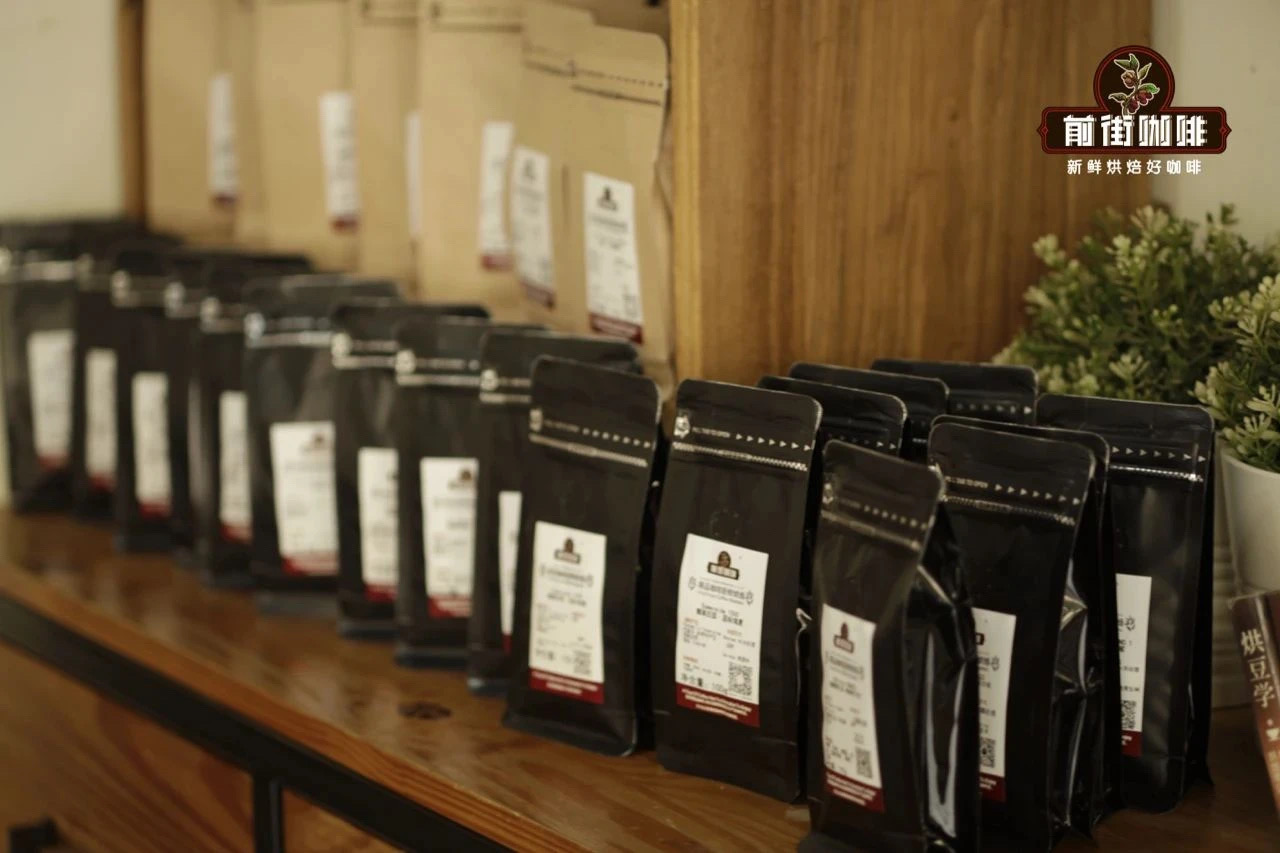
Of course, many friends do not have a clear understanding of the flavor, so they will not understand what kind of flavor "local flavor" refers to. The next street will use Costa Rican anaerobic heavy honey-treated blueberries to compare and analyze the flavor difference between honey-treated and washed coffee. First of all, the Qianjie Club will briefly describe the coffee producing area information of the Blueberry Coffee Stonehenge Manor. Stonehenge Manor is located in the Brenka coffee producing area of Costa Rica.
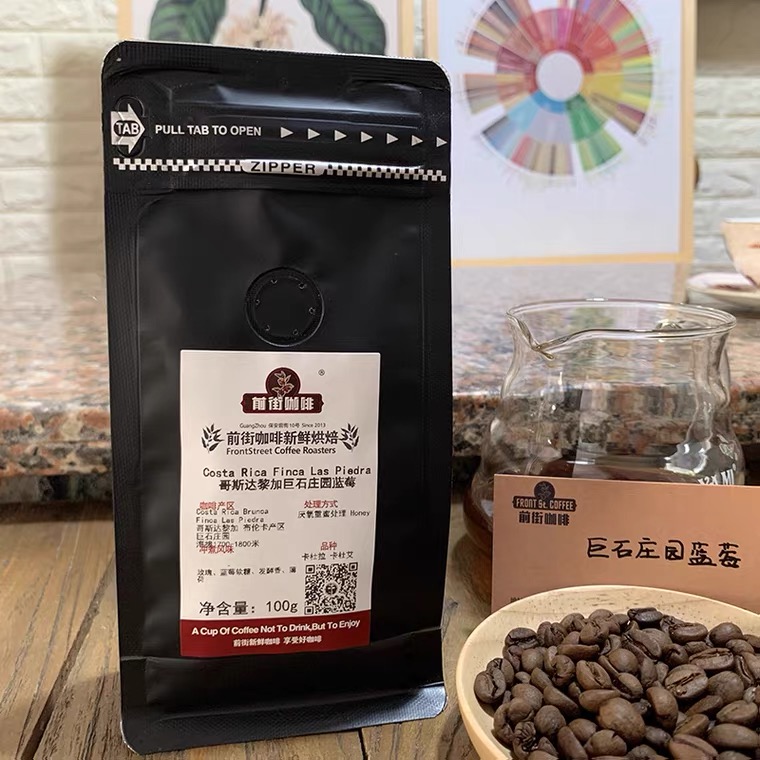
Brenka is a region in southern Costa Rica that consists of the states of Cotorbru, Buenos Aires and Peres Zeledong. In this region, coffee cultivation began in Perez Zeledong in the late 19th century, also because the first settlers came from the coffee-growing areas of the Central Valley, bringing about a deep-rooted Costa Rican coffee culture.
The Cotoblues Valley is located on the slopes of the Taramanca Mountains, which divides Costa Rica into two slopes: the Pacific and the Atlantic. Makes the region's economy almost dependent on coffee cultivation. So far, there are 2600 coffee producers recorded here, involving 75 communities. It is understood that the elevation of the Koto Bruce area is higher and wetter. The temperature range is between 18 °C and 26 °C.
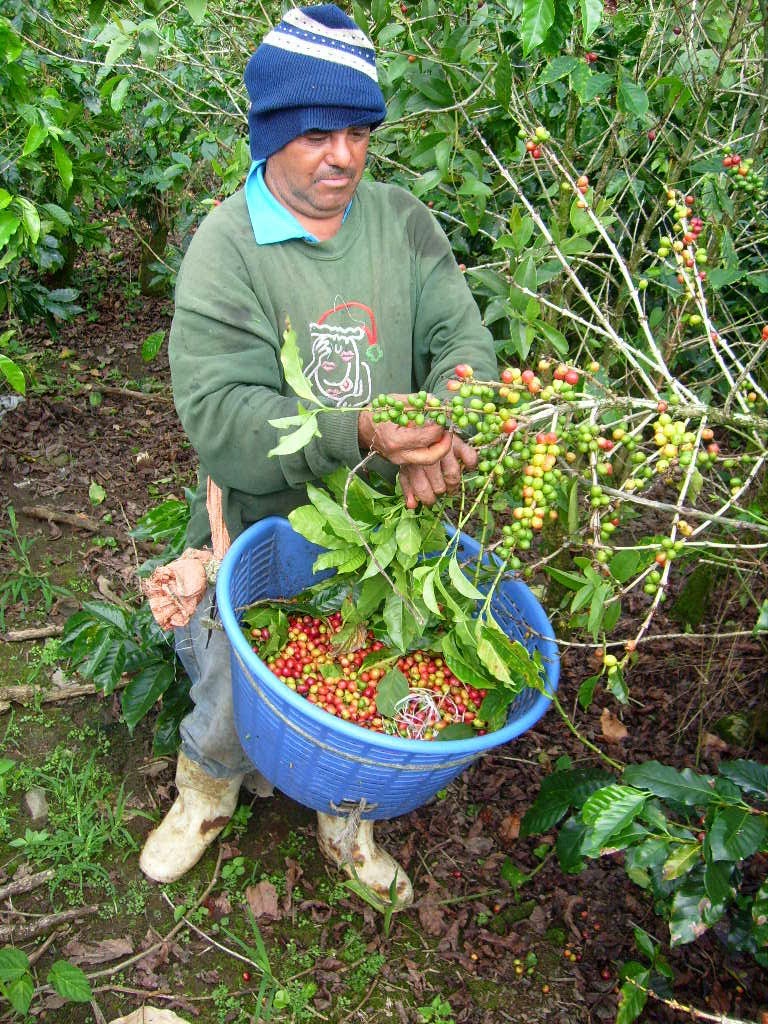
Generally speaking, the honey treatment in Costa Rica is classified as a good holiday, which is called white honey, yellow honey, red honey and black honey respectively. Next, Qianjie will take you to take a look at the different ways of handling these processing methods.
White honey: remove 80-90% of the mucus beans and dry them directly on an elevated bed. The beans are dried quickly at high temperature, and the parchment turns white.
Yellow honey: remove 50% of the mucus and dry beans 3 to 4 times a day in low wind and moderate sunlight for up to a week.
Red honey: 80-90% of the mucus remains on beans drying beans in overcast or cool conditions on elevated beds on the first morning and then only once or twice in the afternoon
Black honey: keep the mucus intact as much as possible and dry the beans on a fully shaded elevated bed for the first day, then rake once a day; it can take up to three weeks to dry.
However, none of the above is the processing flow of anaerobic heavy honey treatment, and the anaerobic process is one of the most innovative processes in Costa Rica. It is a semi-industrial way between washing and tanning. It includes placing coffee without pulp and all mucus in a sealed tank to isolate oxygen and enhance the controlled fermentation process. It is then placed in a greenhouse for about 4 days, and then placed on a tanning bed for 18 days. The temperature is above 21 degrees Celsius.
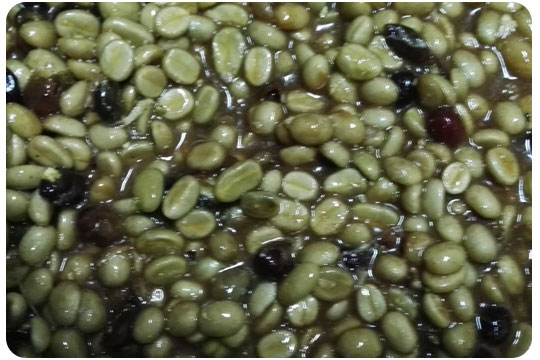
Note: drying time and temperature depend on different variables (region, temperature, altitude, humidity, season, shadow, etc.). The drying bed or greenhouse depends on the producer's own processing concept.
Using the same brewing method, let's take a look at the different flavors of the two coffees. Next, Qianjie will give the standard production method of Qianjie:
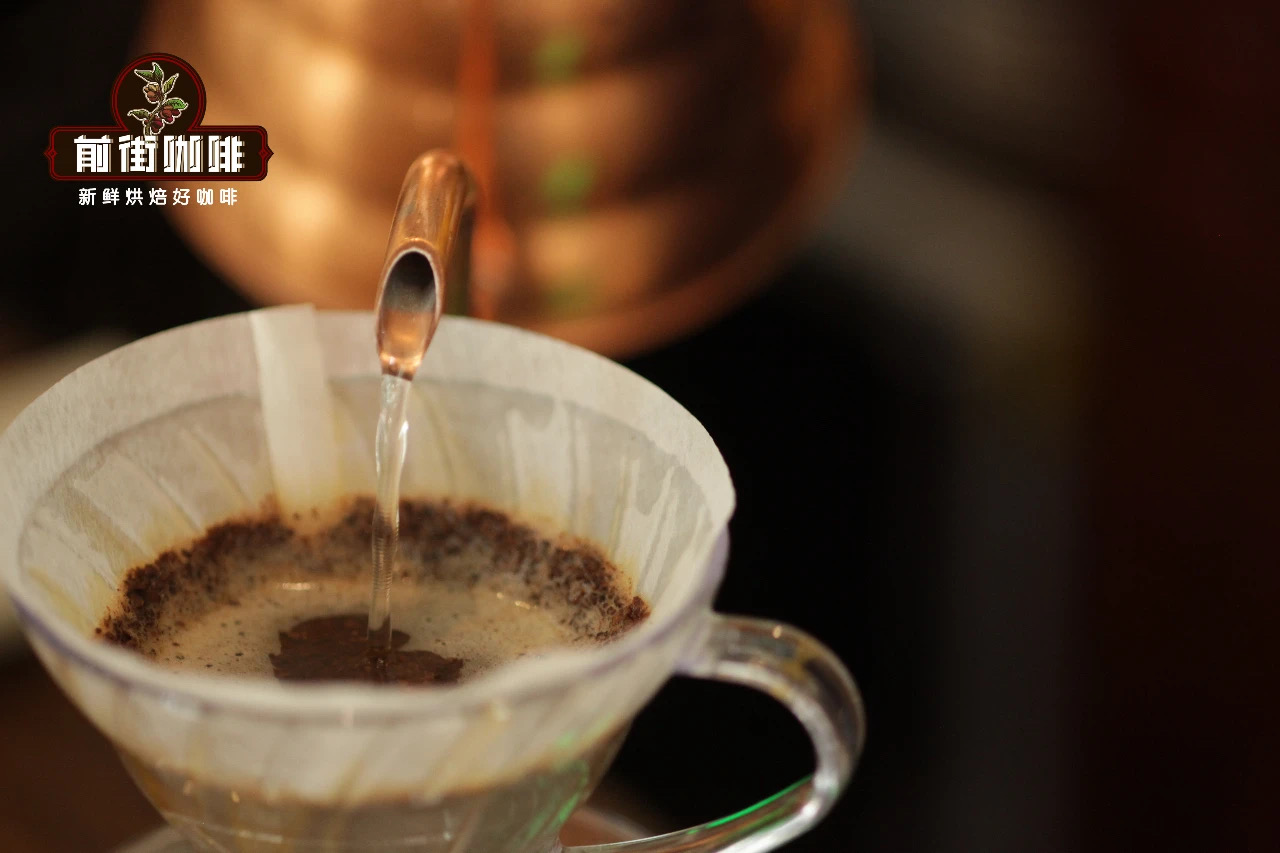
Qianjie cooking parameters:
V60 filter cup
Water temperature 91 ℃
Ratio of gouache to flour at 1:15
Powder content 15g
Degree of grinding (China 20 standard screen pass rate of 80%)
Qianjie cooking technique: use 30 grams of water for steaming for 30 seconds, small water flow around the circle to 125 grams for segments, when the water level is about to expose the powder bed, continue to inject water to 225 grams to stop water injection, wait for the water level to drop and remove the filter cup when the powder bed is about to be exposed. (the time of steaming starts) the extraction time is 2 kilograms.
Relatively speaking, the overall flavor of Tara Zhu's rations beans is clean, fresh, the owner is round, soft acidity, there will be a hint of dark chocolate in the cup, it is a primitive coffee with classic Costa Rican flavor. On the other hand, blueberries are relatively special, and the flavor is very clear.
Professional coffee knowledge exchange more coffee bean information please follow the coffee workshop (Wechat official account cafe_style)
For more boutique coffee beans, please add private Qianjie coffee on Wechat. WeChat account: kaixinguoguo0925
Important Notice :
前街咖啡 FrontStreet Coffee has moved to new addredd:
FrontStreet Coffee Address: 315,Donghua East Road,GuangZhou
Tel:020 38364473
- Prev
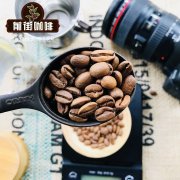
Costa Rican Tarazu Coffee hand-flushing parameters suggest Costa Rican coffee bean baking experience
Coffee workshop (Wechat official account cafe_style) Costa Rican coffee has always been considered to be the perfect type of classic flavor. Balanced, clean and mild is its tone. It is always famous for its well-balanced, clean, clear and berry-flavored fruit acidity. One of the most famous and largest growing areas is Tara.
- Next
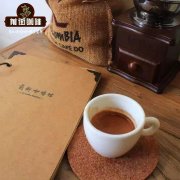
Kenya Karogoto AA Karrogoto processing Plant Information Kenya Coffee hand Pulp parameters suggestion
Professional coffee knowledge exchange more coffee bean information please follow Coffee Workshop (Wechat official account cafe_style) this batch of Karoguto Karogoto AA Specialty lot, Kenya, from Tekangu FCS (small farmers' cooperative), produced by selected small farmers affiliated to the Karogoto processing plant. Small farmers who produce Karogoto have been in the Dorman micro-processing field for many times.
Related
- Detailed explanation of Jadeite planting Land in Panamanian Jadeite Manor introduction to the grading system of Jadeite competitive bidding, Red bid, Green bid and Rose Summer
- Story of Coffee planting in Brenka region of Costa Rica Stonehenge Manor anaerobic heavy honey treatment of flavor mouth
- What's on the barrel of Blue Mountain Coffee beans?
- Can American coffee also pull flowers? How to use hot American style to pull out a good-looking pattern?
- Can you make a cold extract with coffee beans? What is the right proportion for cold-extracted coffee formula?
- Indonesian PWN Gold Mandrine Coffee Origin Features Flavor How to Chong? Mandolin coffee is American.
- A brief introduction to the flavor characteristics of Brazilian yellow bourbon coffee beans
- What is the effect of different water quality on the flavor of cold-extracted coffee? What kind of water is best for brewing coffee?
- Why do you think of Rose Summer whenever you mention Panamanian coffee?
- Introduction to the characteristics of authentic blue mountain coffee bean producing areas? What is the CIB Coffee Authority in Jamaica?

